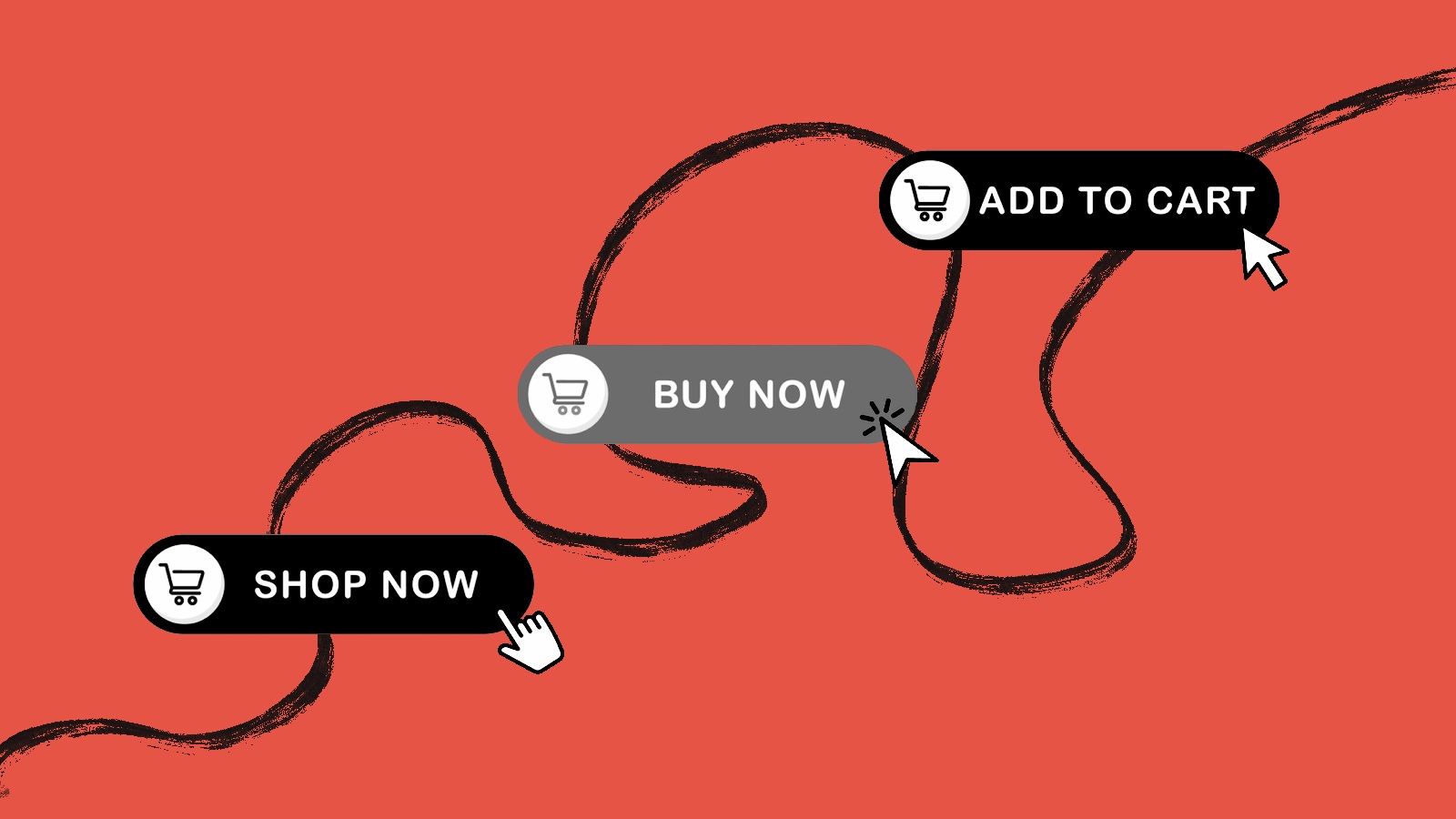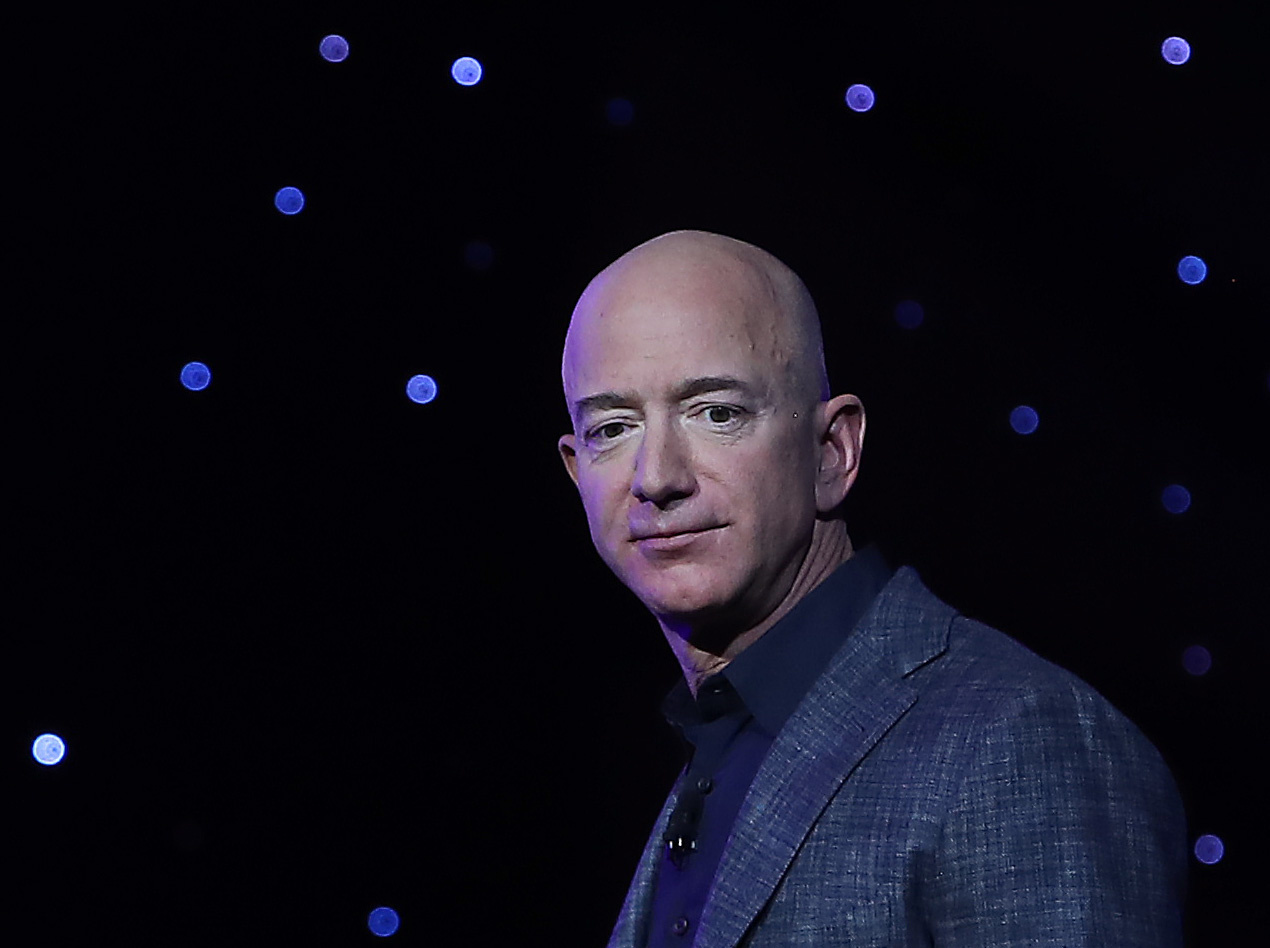Sharing Economy Is Shifting to Subscription Economy

We are seeing a major shift in the way we think about our purchases — moving from ownership to membership, from buying one time to making repeated, automatic transactions once a month. Customers enjoy the convenience and value services like Netflix, Scribd, and Birchbox offer them, and every business wants a piece. But companies need to consider what value they bring to the consumer by offering this pricing model, or else they’ll lose the loyalty of their customers.
“It is a massive transformation that is changing the way organizations engage with their constituents,” says Robbie Kellman Baxter, author of The Membership Economy, in an interview with PRI. “It’s about a move from ownership to access, from transactional to relational.”
“It’s a little bit more like a marriage, where the consumer commits and the supplier says, ‘I’m going to look out for you, watch your back, and treat you right.’”
It’s being a part of a membership — a community. This idea isn’t new; in fact, a lot of magazines used to do it and public radio stations still do it. But more recently a number of companies have been asking for $X a month to send you specialized items, like razors, beauty products, or a geeky crate of curated toys and merchandise. These memberships add a value that can’t happen through an individual transaction — there’s a relationship that forms when deciding to subscribe and with it comes expectations.
“It’s a little bit more like a marriage, where the consumer commits and the supplier says, ‘I’m going to look out for you, watch your back, and treat you right,’” says John Warrillow, author of The Automatic Customer. However, engaging customers in this way doesn’t work with all business models.
“Brands get into trouble when companies start “thinking more about their brands than … about the products or the services.”
Baxter explained: “There’s a lot of ‘me too-ism’ right now, like companies are just saying, ‘We wanna be a membership company,’ or, ‘We wanna have a subscription model,’ but they haven’t really thought through the value to the consumer — they’ve been more focused on the value to themselves.”
She cites Adobe’s switch to a subscription-based service for their one-time purchase software model as a prime example. This move created a lot of backlash withtheir consumers; after all, what value did it offer them to change?
Brands get into trouble, Lucas Conley says, when companies start “thinking more about their brands than … about the products or the services.” Every business wants to be an Apple and form that cult mentality with their consumers. But you can’t have that if you’re not meeting your consumer’s needs first.
Read more at PRI.
Photo Credit: STEPHANE DE SAKUTIN / Getty Staff




